The Chinese Medicine Council of NSW recognises that the vast majority of practitioners have conducted themselves professionally and ethically during the 2016/17 year, as the 25 complaints received by the Council this year represent only 1.3% of the profession. Nevertheless, some matters, such as professional indemnity insurance (PII) and advertising, repeatedly present themselves to the Council in the form of complaints.
Professional indemnity insurance - Have you got the right amount of cover?
Currently, the Health Practitioner Regulation National Law and the Chinese Medicine Board of Australia’s registration standards require that all registered Chinese medicine practitioners have the required level of PII coverage. The standard amount of cover is a minimum of $5 million for any single claim and the policy must also include:
-
a minimum of one automatic reinstatement during each year of insurance cover
-
run off cover
-
product liability where the registrant uses, sells or dispenses therapeutic goods.
This year AHPRA has referred several practitioners to the Council when they were found to have made false declarations about meeting the National Board’s Professional Indemnity Insurance Registration Standard. Practitioners are advised to read and comply with the PII registration standard prior to renewing their registration. Visit www.chinesemedicineboard.gov.au/Registration-Standards to stay up to date with all the National Board’s registration standards.
Advertising - are you complying with the National Law?
One of the hot topics this year concerned Chinese medicine practitioners’ advertising of their health services. The Council reminds practitioners that it is imperative that their advertisements – including their activity on social media - comply with the National Law and the National Board’s “Guidelines for advertising regulated health services".
Earlier this year the National Board released a position statement on practitioners making therapeutic claims in advertising. The statement outlined several key points:
-
practitioners must ensure that statements and claims made about Chinese medicine practice are not false, misleading or deceptive or lead to an unreasonable expectation of benefits from such services
-
the requirements apply to any forms of advertising of regulated health services, websites, radio or social media, or in printed media through a local newspaper or waiting room material such as pamphlets
-
a higher standard of evidence is required to support any therapeutic claims (clinical indications) made in advertising regulated health services
-
the evidence required would include findings obtained from quantitative methodology such as systematic reviews of randomised and high quality controlled trials
-
Chinese medicine practitioners should not include any therapeutic claims about the treatment of health conditions in their advertising that cannot be substantiated with acceptable and up-to-date evidence.
To support practitioners in understanding this complex area, the National Board has developed resources to provide guidance about responsible advertising. This is available at http://www.ahpra.gov.au/Publications/Advertising-resources.aspx.
We strongly suggest all Chinese medicine practitioners review this resource for further clarification and evaluate their current advertising and social media.
(Click here to read this article in Chinese)

